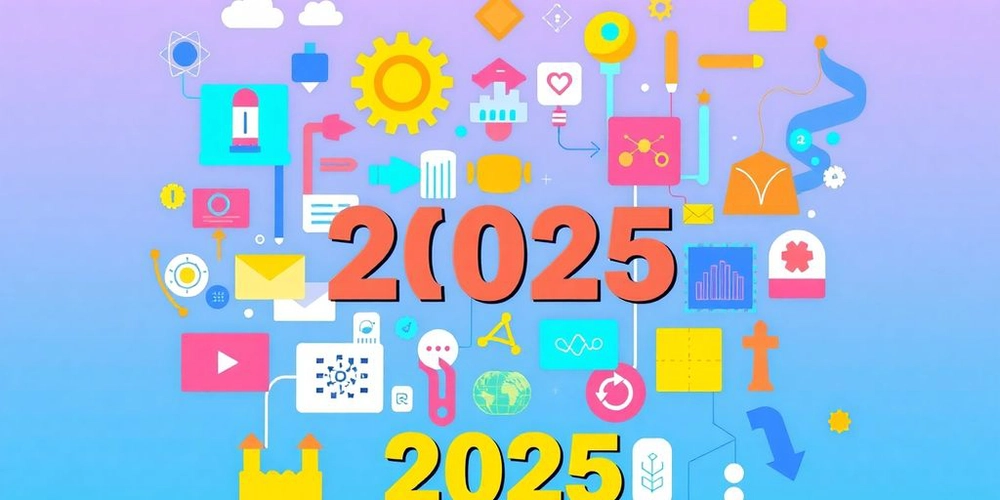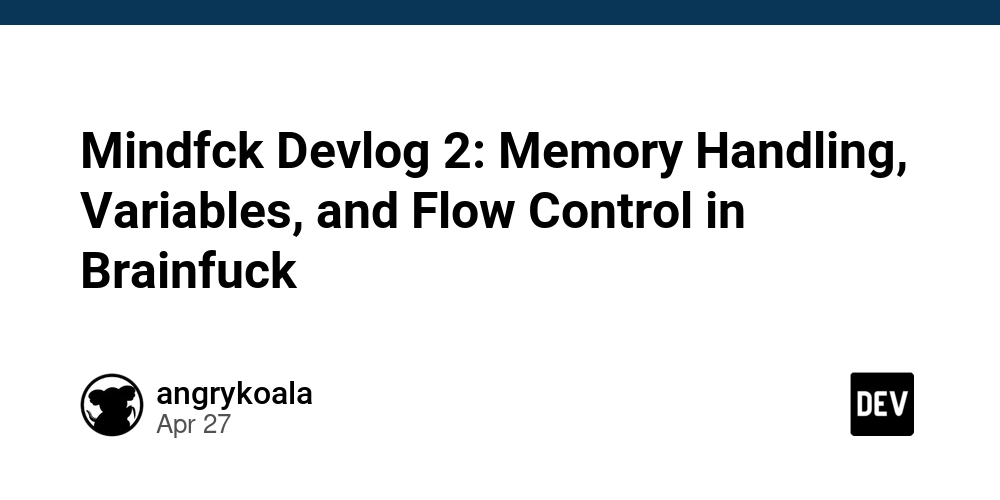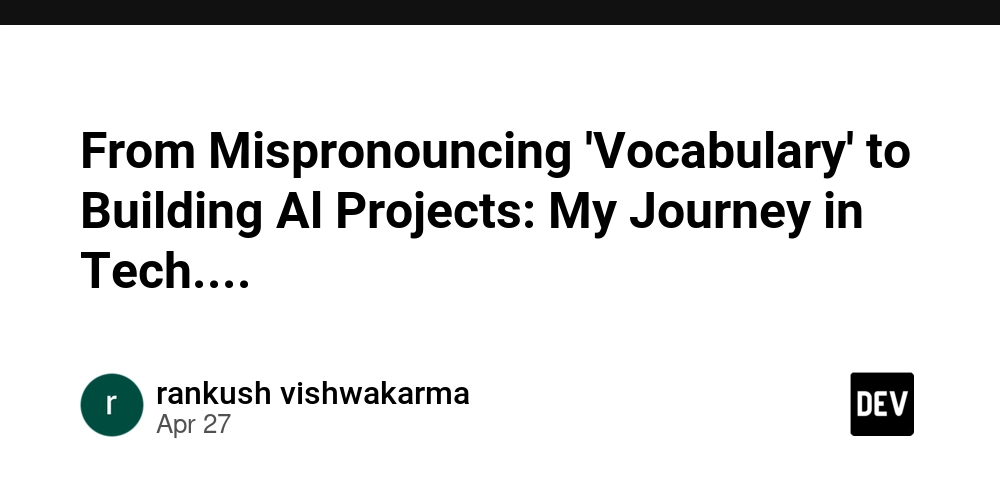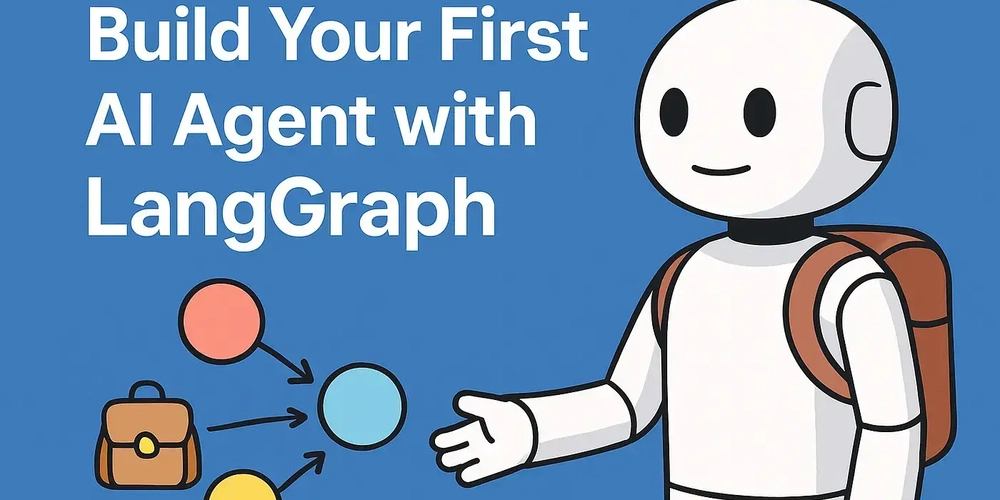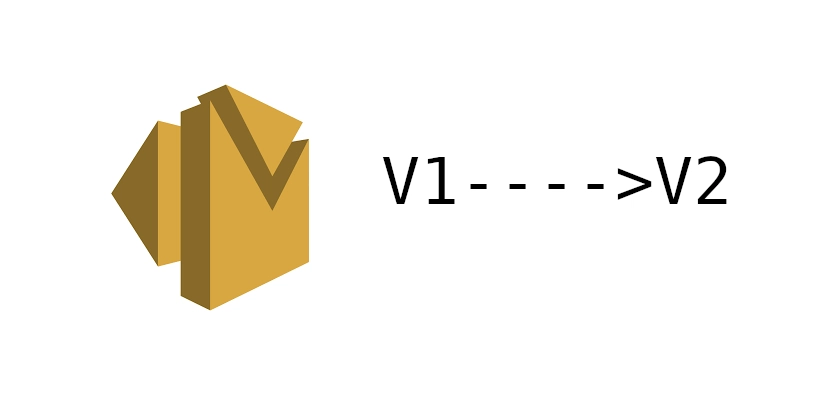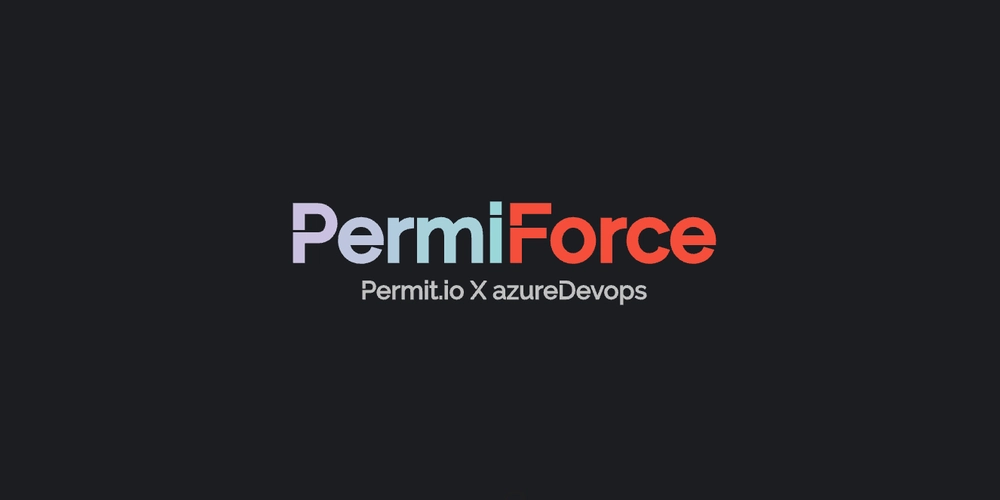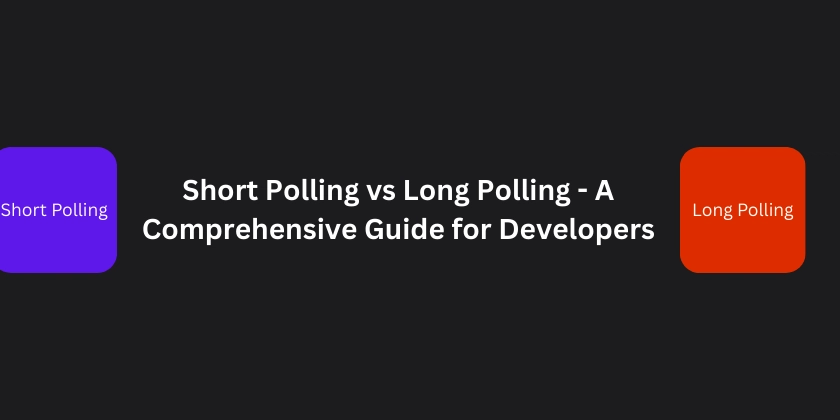
Prompt Engineering vs. Fine-Tuning: Which AI Skill Should You Learn First?
Struggling to choose between prompt engineering and fine-tuning for your AI journey? This is the AI showdown you didn't know you needed! Both are powerful techniques for harnessing the potential of artificial intelligence, but they cater to different skill levels and needs. Let's break down the key differences to help you decide where to focus your efforts.
Fine-Tuning vs. Prompt Engineering: What's the Real Difference?
Before getting into the details, let's clarify what each technique entails:
- Fine-tuning: Think of it as advanced AI customization. You take an existing, pre-trained AI model and train it further with your own specific data. This refines the model's knowledge and skills for a particular task or domain. It's like giving an existing expert a specialized certification.
- Prompt Engineering: This involves crafting precise and effective instructions (prompts) to guide an AI model towards the desired output. It's about communicating your needs clearly so the model understands exactly what you're looking for. Mastering prompt engineering can unlock immense potential using existing AI models.
Round 1: Ease of Entry - Why Prompt Engineering Wins
- Fine-tuning requires a good understanding of machine learning concepts, data preparation and model training. This can be a steep learning curve for beginners.
- Prompt engineering, on the other hand, is more accessible for beginners. It relies on your creativity and ability to communicate effectively. You can start experimenting with minimal prior knowledge.
Benefit: Start getting results faster with AI without needing a deep technical background through effective prompt engineering.
Round 2: Speed to Results - Prompt Engineering for the Win
- Fine-tuning projects can take days or even weeks to complete. The process involves significant trial and error to optimize the model's performance.
- Prompt engineering allows for rapid iteration and experimentation. You can tweak prompts and see the results almost instantly, allowing for quick learning and refinement.
Benefit: Quickly test AI capabilities and refine your approach through iterative prompt design. This makes prompt engineering for beginners a valuable starting point.
Round 3: Adaptability - Stay Flexible with Prompt Engineering
- Fine-tuning creates specialized models that, while powerful, are less flexible. Adapting the model to a new task requires retraining.
- With prompt engineering, you can use the same model for various tasks by simply changing the prompts. This allows you to adapt quickly to different use cases and explore new possibilities.
Benefit: Leverage a single AI model for diverse tasks, saving time and resources with adaptable prompts with advanced prompt engineering methods.
Round 4: Resource Requirements - Save Money with Prompt Engineering
- Fine-tuning often demands significant computational power, including expensive GPUs. This can be a barrier to entry for many users.
- Prompt engineering can be done on readily available hardware, without the need for expensive infrastructure. This makes it a more accessible and cost-effective option.
Benefit: Explore AI capabilities without investing in expensive hardware through effective prompt engineering strategies.
Round 5: Depth of Customization - When Fine-Tuning Shines
- Fine-tuning offers significant customization, allowing you to tailor a model to specific needs and achieve high accuracy in specialized domains.
- Prompt engineering is limited by the existing model's knowledge and capabilities. It relies on clever prompting techniques to achieve results.
Benefit: Achieve unparalleled accuracy in niche applications by creating specialized AI models with fine-tuning. Mastering fine-tuning leads to superior fine-tuning results.
The Verdict: Prompt Engineering First, Then Fine-Tuning
While both prompt engineering and fine-tuning have their strengths, the best approach is to start with prompt engineering.
- Benefits of Starting with Prompt Engineering:
- Easier to learn and get started.
- Faster time to results.
- More flexible and adaptable.
- Requires fewer resources.
Once you have a solid foundation in prompt engineering and understand how AI models work, you can explore fine-tuning to create highly specialized AI solutions. Eventually, combining your prompt engineering tips with fine-tuning will lead to the best results.
Start your AI journey today with prompt engineering, and unlock the power of AI now!


